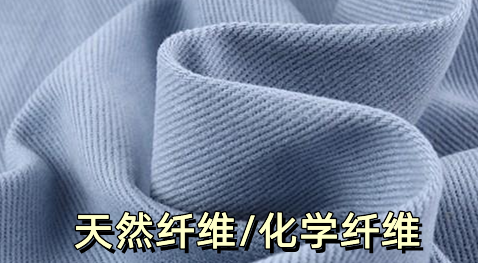Cotton, linen, wool, and silk are common natural fibers. Chemical fibers are generally referred to as chemical fibers, such as polyester fiber, spandex, and acrylic. These ingredients are commonly found on the wash water labels of our clothes.
Identification methods generally include touch, visual inspection, combustion, microscopy, dissolution, drug coloring, and infrared spectroscopy. In actual identification, multiple methods are often used together, and the results are obtained after comprehensive analysis and research.
First use the burning method, use a lighter to light a piece of yarn or a small corner, such as The smell of burning cotton is similar to the smell of burning paper, burning wool has the smell of burning hair, and burning chemical fiber has just the smell of glue. Touching the burnt surface, you will find that the ashes of natural fibers are powdery and will break into granules when kneaded, while the chemical fibers will turn into glue balls after being burned and cannot be kneaded. If it is a natural fiber, use microscopic observation to identify various types of plant fibers and animal fibers. If it is chemical fiber, the differences in melting point, specific gravity, refractive index, solubility and other aspects of the fiber can be distinguished one by one.
When identifying mixed fibers and blended yarns, you can generally use a microscope to confirm that they contain Several types of fibers are then identified one by one using appropriate methods. For fibers that have been dyed or finished, dyeing stripping or other appropriate pretreatment is generally required first to ensure reliable identification results.





